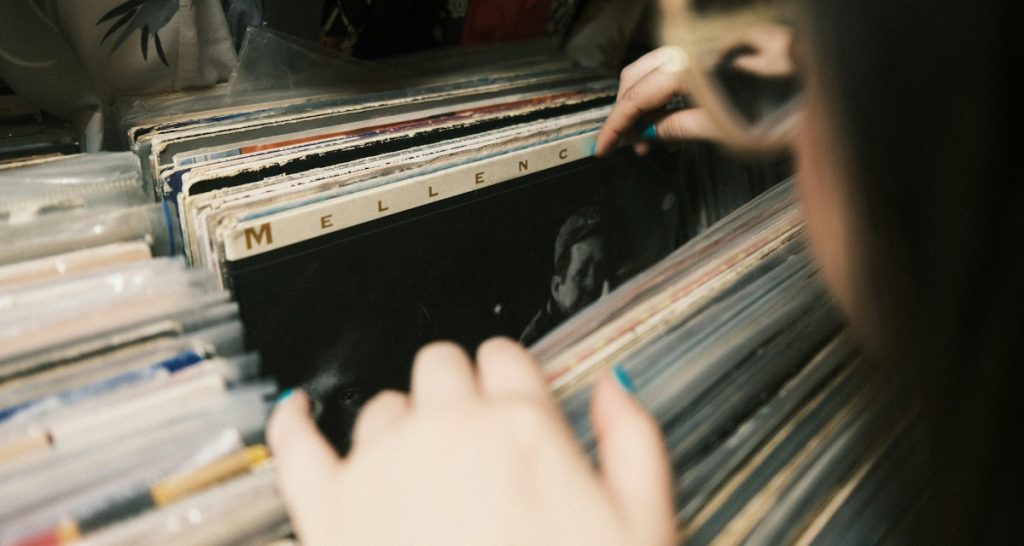Who earns what from vinyl sales at indie record stores? Here’s a to-the-point breakdown. Photo Credit: Jay Wennington
Who gets paid – and how much do they make – when fans purchase vinyl albums from indie record stores? Courtesy of a refreshingly straightforward breakdown, we have an up-to-date answer.
That breakdown comes from “soulful sounds” label Colemine Records, which posted the to-the-point information in a social media video featuring owner Terry Cole.
While it perhaps goes without saying, the involved numbers, factoring for Kelly Finnigan’s recently released A Lover Was Born, won’t apply to every vinyl project. Variables including manufacturing (complete with higher per-unit costs for smaller orders) and individual stores’ pricing particulars will affect the figures, of course.
And Colemine itself noted that the vinyl sales calculations assume the store at hand (in this case Toledo, Ohio’s Culture Clash Records) purchased from its (Colemine’s) direct distributor, Secretly Distribution.
Shifting to the actual numbers, Culture Clash sells vinyl editions of Finnigan’s A Lover Was Born for $24 a pop (not including tax). On a sale, the store would keep about $8.49 (35%) of that sum, out of which it would pay any credit card fees and cover shipping costs from the distributor, per the analysis.
The distributor, the mentioned Secretly, would then pocket $3.10 (13%) from the sale – once again less credit card fees. And the vinyl’s manufacturer, Cleveland-based Gotta Groove Records, charged about $6.03 (25% of the sale price) for each unit, according to Cole.
Consequently, Colemine and Kelly, which are said to split net profits down the middle, would be left with about $6.37, or nearly $3.19 apiece. Though a sizable sales volume is still required to generate material earnings at that rate, Cole emphasized the many stakeholders who benefit from each unit moved – besides vinyl’s apparent compensation edge over streaming.
“So, by buying a record from an independent record store,” Cole communicated, “you are supporting four independently owned small businesses and one artist. And you are supporting the entire music ecosystem as a whole.
“To have that same direct impact on Kelly Finnigan or Colemine, to make that same profit for us in the streaming world – let’s just take Spotify as an example. You would have to stream Kelly Finnigan for four and a half days straight to have that same financial impact.
“This is not a knock on streaming; we love streaming. But there’s very few things in this world that you can do to support an artist that are better than just buying a physical record,” Cole concluded.
Although the precise status of vinyl’s well-documented comeback isn’t clear in the States, we aren’t without evidence of the format’s continued popularity. To name one of the latest examples, a vertical vinyl player has now raised over $617,000 from north of 2,500 backers on Kickstarter.

